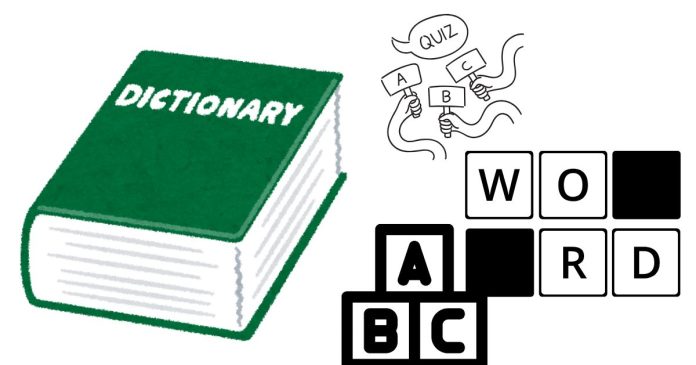The word that fits the definition “an explanation of” is “description”. A description provides details, clarifies concepts, or explains the nature or characteristics of something. Let’s delve deeper into the meaning, uses, and importance of this word.
Definition of Description
A description is a detailed account or representation of something. It provides an explanation of the attributes, qualities, or features of a person, object, event, or concept, often using words to paint a clear picture or convey understanding.
Synonyms for Description
While “description” is the most direct word, other synonyms can also convey the idea of “an explanation of,” depending on the context:
- Explanation: Clarifies how something works or why something happens.
- Depiction: Focuses on illustrating or portraying something.
- Narration: Involves explaining events in a story-like format.
- Account: Provides a report or recount of events or facts.
- Definition: Explains the meaning of a word or concept.
- Illustration: Offers an example or visual to explain an idea.
Examples of Description in Context
- In Everyday Life:
- When describing a friend, you might explain their personality traits, such as “They are kind, funny, and always supportive.”
- A description of a restaurant might include its ambiance, menu, and location.
- In Literature:
- Writers often use descriptions to set the scene or evoke emotions. For example, “The golden rays of the setting sun bathed the meadow in a warm glow.”
- In Science and Academics:
- Scientific descriptions explain phenomena, such as, “Photosynthesis is the process by which plants convert sunlight into energy.”
Why Descriptions Are Important
Descriptions play a crucial role in communication and understanding. They:
- Clarify Concepts: They make complex ideas easier to understand by breaking them into simpler terms.
- Create Visualization: A good description helps readers or listeners imagine or visualize what is being explained.
- Enhance Communication: In both written and verbal communication, clear descriptions bridge gaps in understanding.
- Facilitate Learning: Descriptions are key in teaching and learning, where concepts need to be explained thoroughly.
How to Write an Effective Description
- Be Specific: Include detailed and relevant information.
- Example: Instead of saying, “The car is nice,” say, “The car has a sleek black exterior, leather seats, and a high-tech dashboard.”
- Use Sensory Details: Engage the senses—sight, sound, touch, taste, and smell.
- Example: “The warm aroma of freshly baked bread filled the room.”
- Keep the Audience in Mind: Tailor the level of detail and complexity to the audience’s needs.


